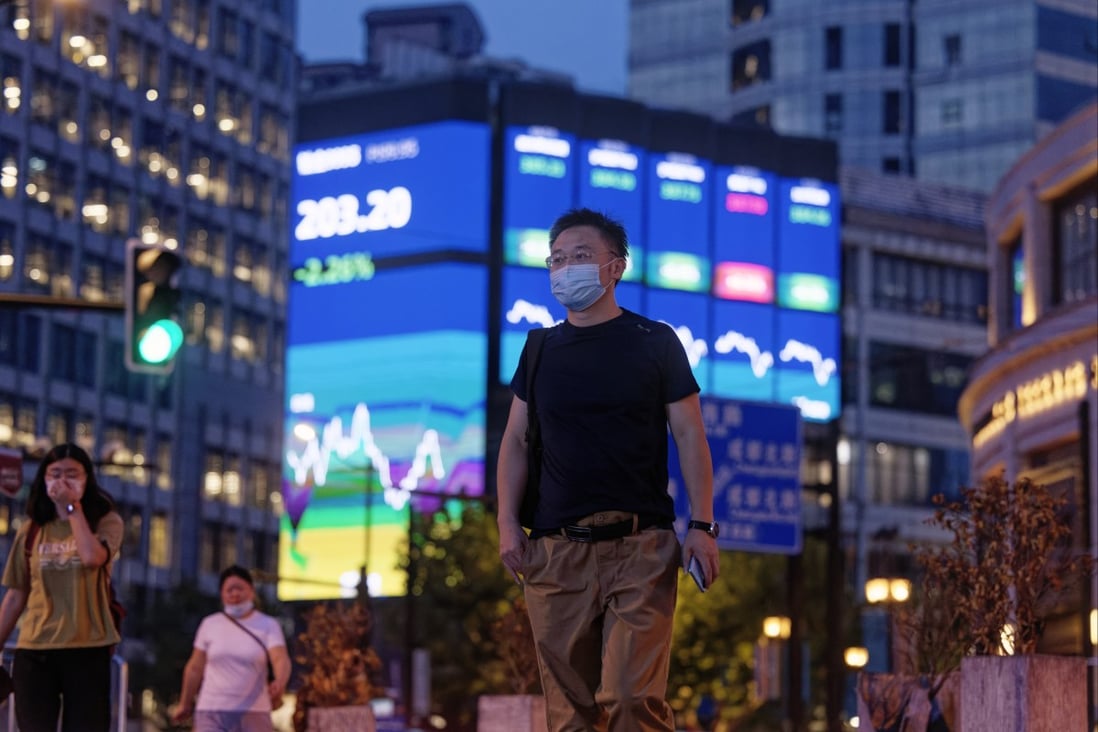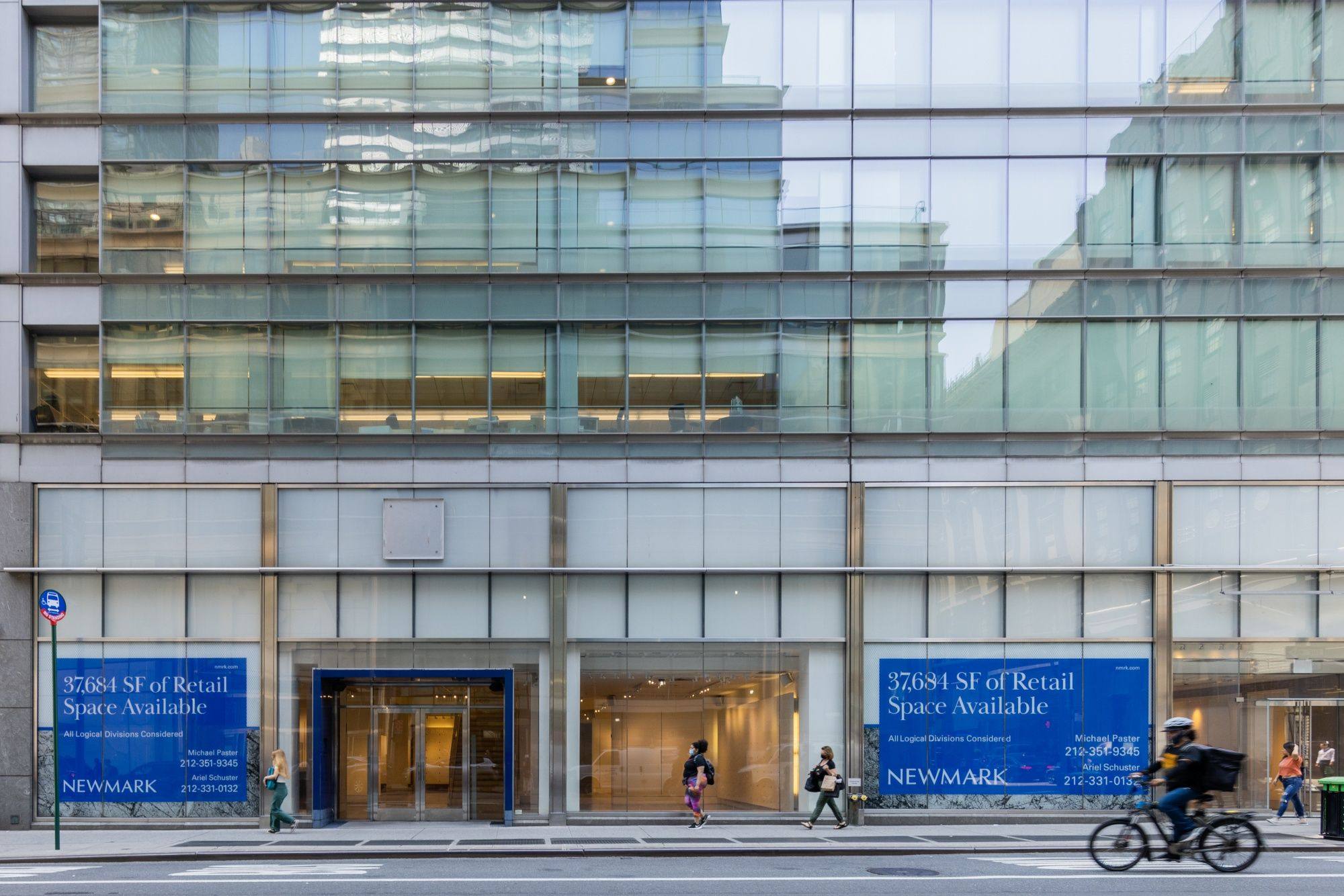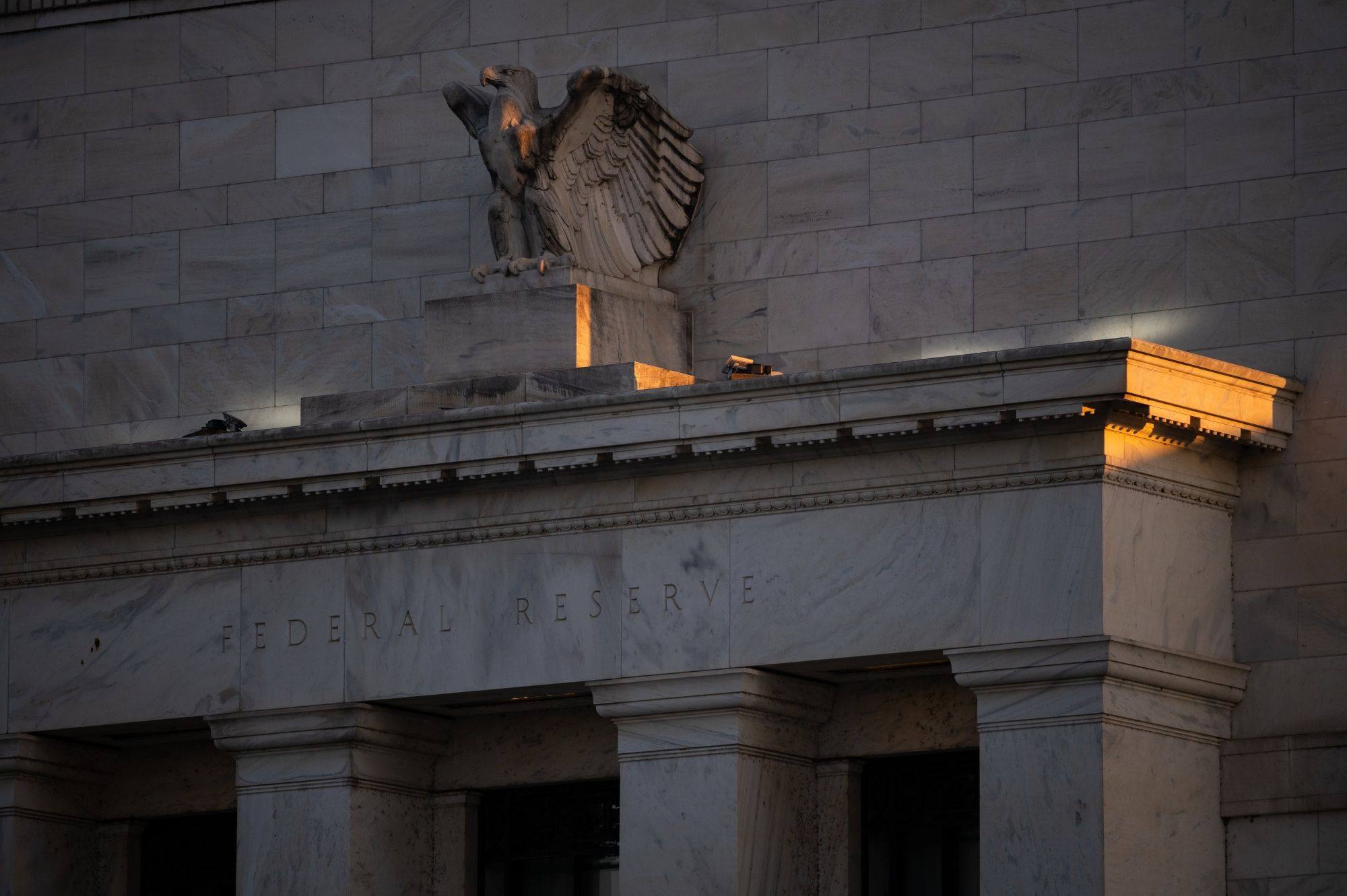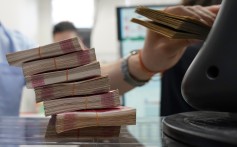China’s zero-Covid policy and property crackdown have undermined attempts to boost growth and dashed investor confidence – but at least expectations are in line with reality
In the US, markets are still in denial about the Fed’s determination to bring down inflation with aggressive policy tightening
Nicholas Spiro
25 Aug, 2022

People walk in front of a screen showing the latest stock exchange data in Shanghai on August 22. Photo: EPA-EFE
Among the world’s leading economies, which one unsettles financial markets the most? The answer is by no means clear, partly because the global economy as a whole is in such a precarious state, but also because investors struggle to price risks accurately.
A cursory glance at the performance of stock markets since the start of the third quarter suggests China is a bigger source of concern. The CSI 300 index of Shanghai- and Shenzhen-listed shares is down 9 per cent, snuffing out a tentative recovery in May and June.
The benchmark S&P 500 index, by contrast, is up 9 per cent, outpacing the rise in the FTSE All-World Index, a leading gauge of stocks in developed and developing economies. Indeed, the technology-heavy Nasdaq Composite index has gained 12.7 per cent since June 16, showing the extent to which US equity markets continue to outperform their global peers.
At the beginning of this year, many Wall Street firms had high hopes for China. The optimism stemmed partly from the attractive valuations of the country’s beaten-up stocks. It was also fuelled by expectations that the sharp slowdown in the economy would force Beijing to pivot towards looser monetary and fiscal policy.
These hopes were dashed spectacularly. While expectations were too high to begin with, and markets the world over suffered heavy losses in the first half of this year, investors have been let down by ineffective measures to stabilise markets and shore up growth.
Beijing’s pursuit of three incompatible goals – a zero-tolerance approach to Covid-19 that involves the imposition of draconian lockdowns, reducing moral hazard in the all-important property sector, and introducing measures to stimulate growth – has led to policy incoherence on a grand scale.
Successive pledges of support have been met with increasing scepticism. Tellingly, only four out of 25 policy initiatives in the past five months coincided with a gain in Chinese equities of at least 2 per cent, data from Bloomberg shows.
Disappointment at Beijing’s failure to do more to restore confidence, and to redress the balance between fighting the virus and inflicting harm on the economy, has caused a mood of despondency to set in.
In the United States, by contrast, the Federal Reserve risks doing too much. Having allowed inflation to get out of hand, it is now hiking interest rates at the fastest pace since 1994, exacerbating a downturn that could lead to a full-blown recession.

An empty store advertises retail space in New York City
– where unemployment is double the national average – on July 11.
Photo: Bloomberg
While the underlying problem in China’s markets is a loss of confidence, US asset prices are threatened by a dangerous mismatch between investors’ expectations and the Fed’s new-found determination to stamp out inflation. Bond markets are pricing in rate cuts next year even though the Fed has said it will continue to tighten policy in the face of higher unemployment and weaker growth.
The US central bank has sowed doubt about its inflation-fighting resolve by refusing to acknowledge that a recession is the price that almost certainly needs to be paid to bring prices back into normal bounds.
Fed chair Jerome Powell has a chance to convince markets of the central bank’s commitment when he delivers a speech at the annual Jackson Hole symposium in Wyoming on Friday. Yet, the real showdown between markets and the Fed will begin when America’s labour market – which is still extremely hot – starts to cool sharply. Only then will it become clear if the Fed is serious about crushing inflation come what may.

The US Federal Reserve building in Washington, on August 23.
Photo: Bloomberg
In China, the bad news has been baked into asset prices for some time. The key question is whether there will be a meaningful positive catalyst to turn sentiment around. In the US, on the other hand, investors have yet to come to terms with a resolutely hawkish Fed, either because they are overly optimistic about inflation or because they believe the Fed will get cold feet when growth collapses.
The risk of a negative policy-induced surprise is much greater in the US, for the simple reason that markets and the Fed are far apart. While investors are accustomed to China’s opaque governance, and have had to contend with Beijing’s conflicting priorities for much of this year, US monetary policy is confusing and misleading.
While this is partly due to the extraordinary level of uncertainty in the global economy, the Fed’s move to scrap its forward guidance – its decisions will now be made meeting to meeting – adds insult to injury. In a note published on Tuesday, UBS said the change “removed a stabilising force at a time of increasing instability”.
Challenges for Hong Kong as China, US widen the gap on interest rates
25 Aug 2022

This is bad news for China’s markets. The yuan is already at its weakest level against the US dollar in two years. If bond investors sense they jumped the gun in pricing in Fed rate cuts next year, the greenback will strengthen further, putting the yuan under more strain and spurring capital outflows.
Still, from a sentiment standpoint, China poses less of a risk. Market expectations need to adjust much more sharply in America. Chinese assets could even provide some upside if Covid-19 cases fall sharply. That is a big if, but then things cannot get much worse in China.

Nicholas Spiro is a partner at Lauressa Advisory, a specialist London-based real estate and macroeconomic advisory firm. He is an expert on advanced and emerging economies and a regular commentator on financial and macro-political developments.
In China, the bad news has been baked into asset prices for some time. The key question is whether there will be a meaningful positive catalyst to turn sentiment around. In the US, on the other hand, investors have yet to come to terms with a resolutely hawkish Fed, either because they are overly optimistic about inflation or because they believe the Fed will get cold feet when growth collapses.
The risk of a negative policy-induced surprise is much greater in the US, for the simple reason that markets and the Fed are far apart. While investors are accustomed to China’s opaque governance, and have had to contend with Beijing’s conflicting priorities for much of this year, US monetary policy is confusing and misleading.
While this is partly due to the extraordinary level of uncertainty in the global economy, the Fed’s move to scrap its forward guidance – its decisions will now be made meeting to meeting – adds insult to injury. In a note published on Tuesday, UBS said the change “removed a stabilising force at a time of increasing instability”.
Challenges for Hong Kong as China, US widen the gap on interest rates
25 Aug 2022

This is bad news for China’s markets. The yuan is already at its weakest level against the US dollar in two years. If bond investors sense they jumped the gun in pricing in Fed rate cuts next year, the greenback will strengthen further, putting the yuan under more strain and spurring capital outflows.
Still, from a sentiment standpoint, China poses less of a risk. Market expectations need to adjust much more sharply in America. Chinese assets could even provide some upside if Covid-19 cases fall sharply. That is a big if, but then things cannot get much worse in China.

Nicholas Spiro is a partner at Lauressa Advisory, a specialist London-based real estate and macroeconomic advisory firm. He is an expert on advanced and emerging economies and a regular commentator on financial and macro-political developments.
SCMP

No comments:
Post a Comment